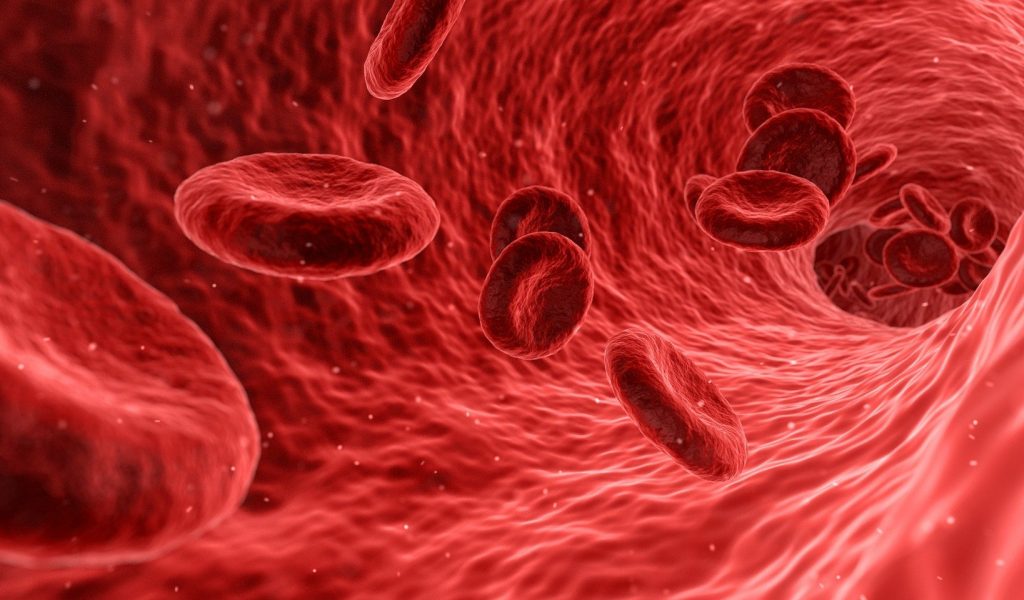The infected blood scandal: living with the mistakes of others

Omar Harris Vernon El-Halawani discusses the infected blood scandal that occurred during the 1970s and 80s and the consequences of it that are just now coming to light.
The end of the Vietnam War, the rise of identity politics, and the collapse of the Berlin Wall capsulize the zeitgeist of the 1970s and 80s. The infection of up to 30,000 individuals in the UK from contaminated blood, however, was a lesser-known period upon which more light is being shed.
During this time, many individuals with haemophilia and other bleeding disorders received NHS blood transfusions infected with Human Immunodeficiency Virus (HIV) and hepatitis C. This stemmed from the increased use of factor concentrates in the early 1970s, intended to help blood clot. The subsequent addition of Factor VIII clotting agent to NHS blood transfusions planned to mitigate cases of excessive bleeding. It would later transpire that the envisioned agent of help would become one of devastation.
In 1973 it became apparent the UK was having difficulty sourcing enough Factor VIII to treat haemophilia patients. Ensuing imports from the US would form the backbone of Britain’s supply chain. Much of the plasma used in US production, however, could be traced to prison in-mates and drug-users who sold their blood; some of whom can be seen in Kelly Duda’s documentary “Factor 8: The Arkansas Prison Blood Scandal”. These groups were at higher risk of contracting blood-borne viruses like HIV and hepatitis C, increasing the chance of contamination. Contamination risk was further increased by pooling and concentrating of plasma from up to 40,000 donors. The whole batch was tainted if just one individual was infected.
As knowledge of HIV and hepatitis C grew, scientists soon learnt they were blood-borne. Thereafter, blood products were heat-treated, and routine screening came into effect in 1985 for HIV and 1991 for hepatitis C. Even so, some marred products stayed in circulation and were still used. By the late 1990s, the inception of synthetic haemophilia treatments quashed the infection risk.
It is estimated that 3,000 individuals with haemophilia have died from HIV or hepatitis C in the UK alone
After several years of campaigning by victims claiming they were not privy to the risks and the scandal was covered-up, the Infected Blood Inquiry (IBI) led by former Judge Sir Brian Langstaff commenced. One victim who gave evidence to the inquiry was Andy Evans, Chair of Tainted Blood; a campaign group for those affected by corrupt NHS blood products. Evans was told he had been infected by HIV at the age of 12 and is one of approximately 1200 haemophilia sufferers who have caught the disease from NHS blood services. It is estimated that 3,000 individuals with haemophilia have died from HIV or hepatitis C in the UK alone.
Victims and bereaved partners affected by the scandal would be offered tax-free interim compensation of £100,000
Following the release of the IBI’s interim report on July 29th, 2022, it was announced by the UK government that victims and bereaved partners affected by the scandal would be offered tax-free interim compensation of £100,000. It is thought this will benefit more than 4,000 individuals. In September 2022, the inquiry heard more evidence of Whitehall’s whitewash and its handling of the affair. The final evidence hearings are due to take place in January 2023 with the closing report expected by mid-2023.


